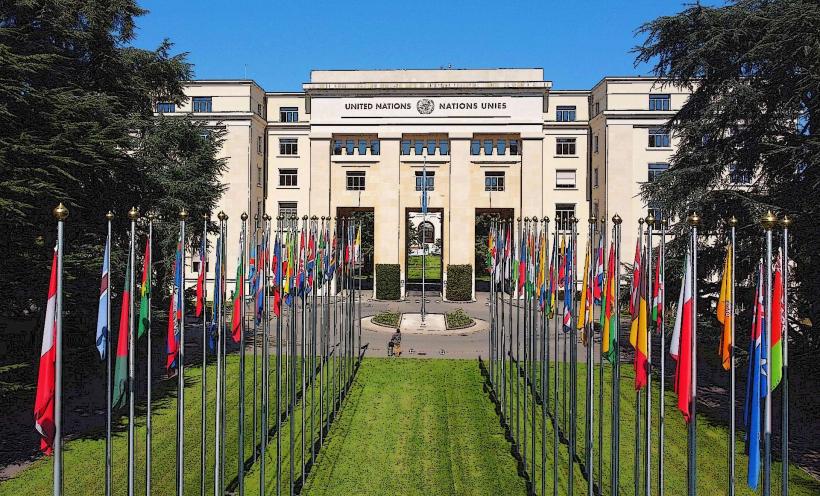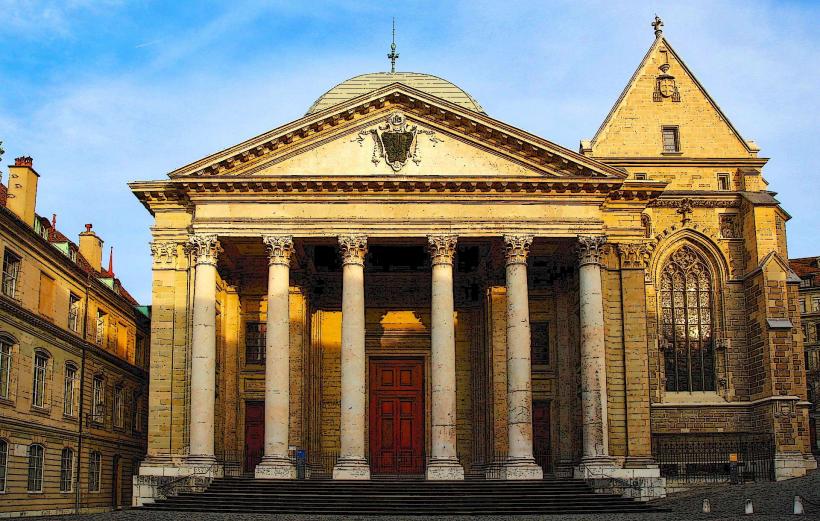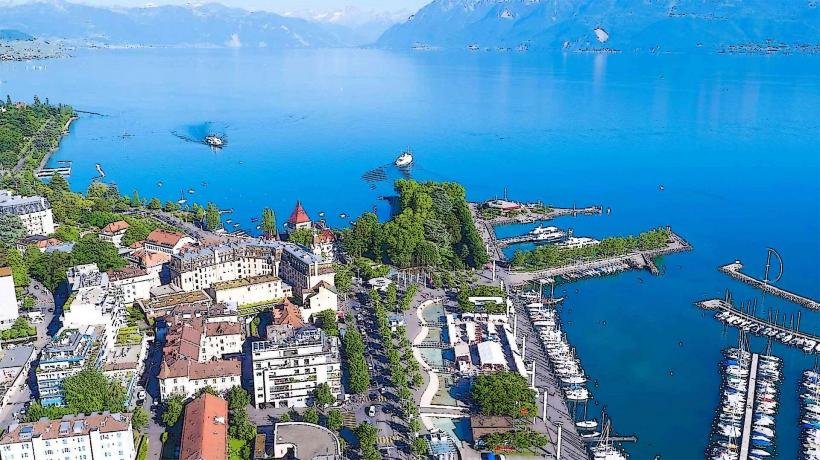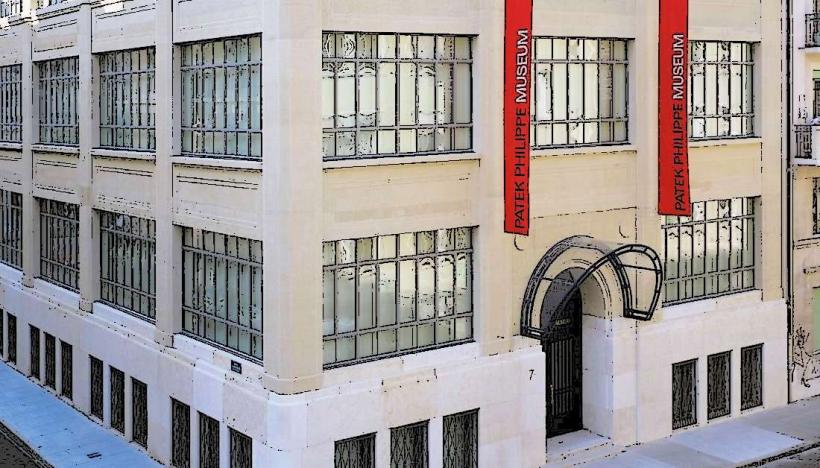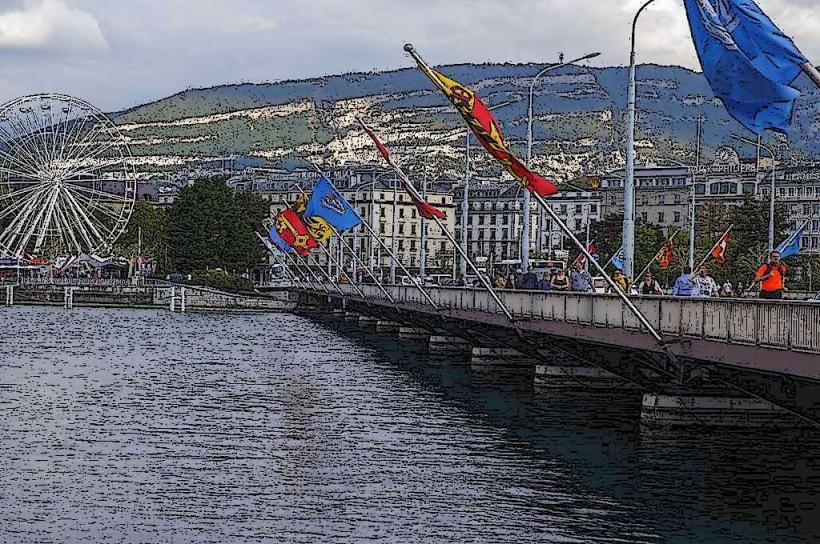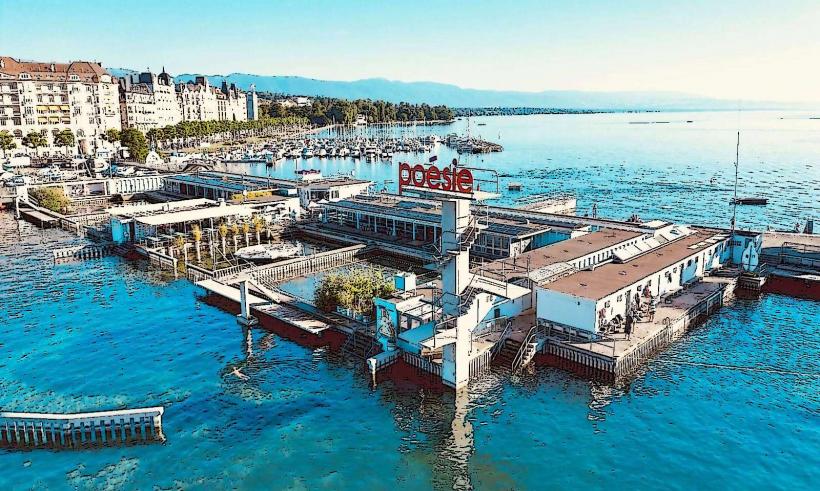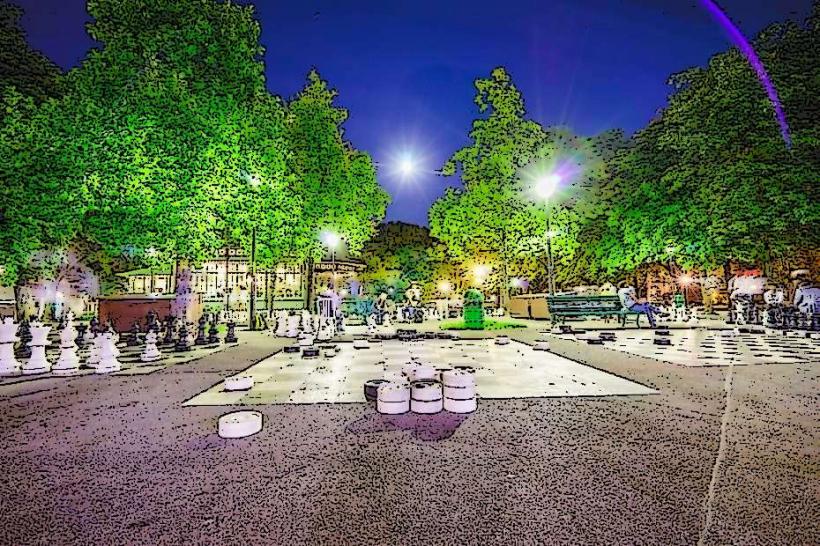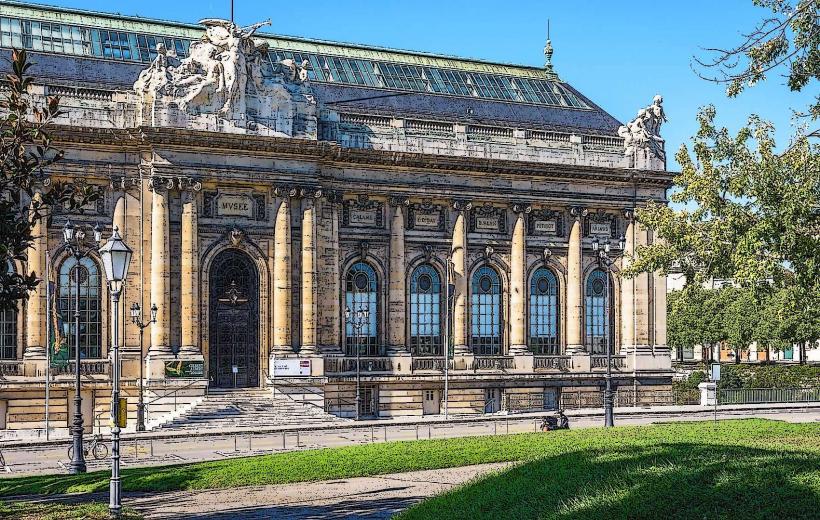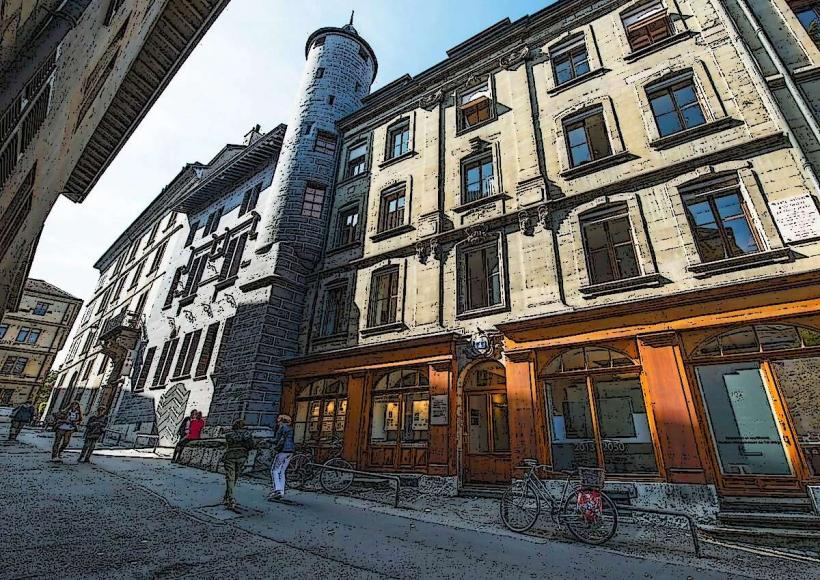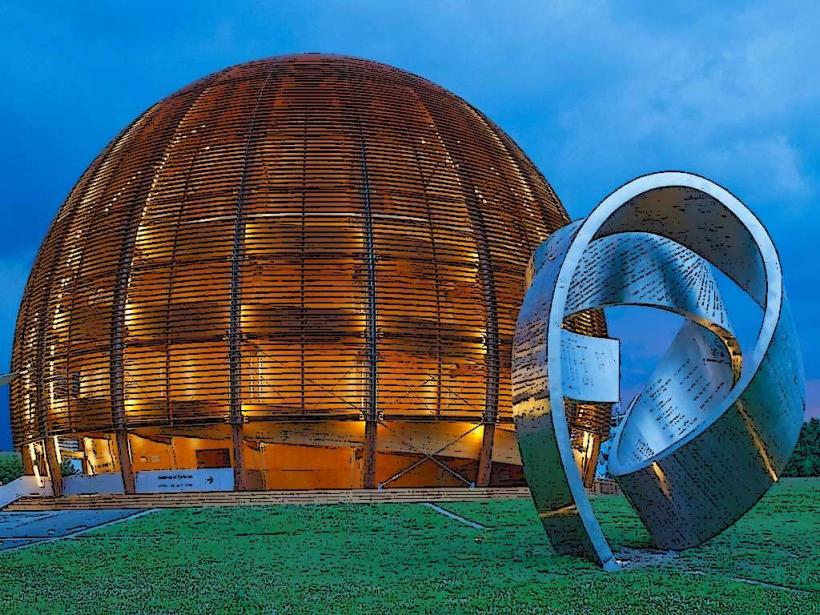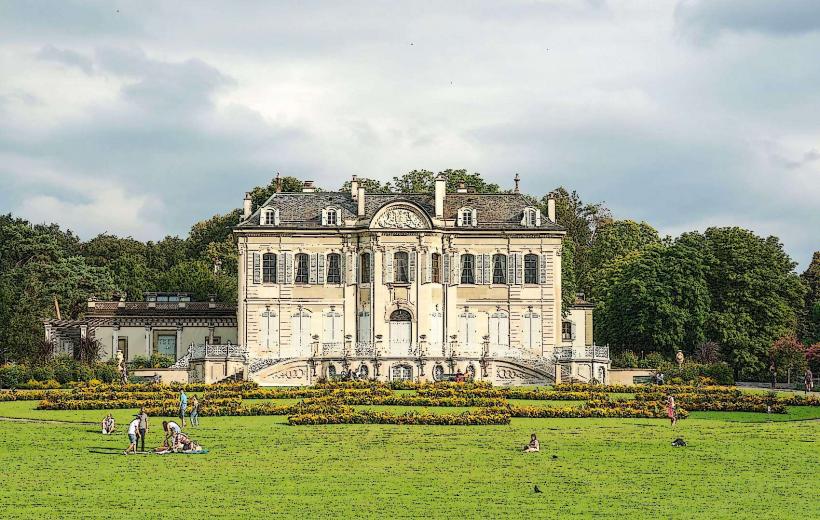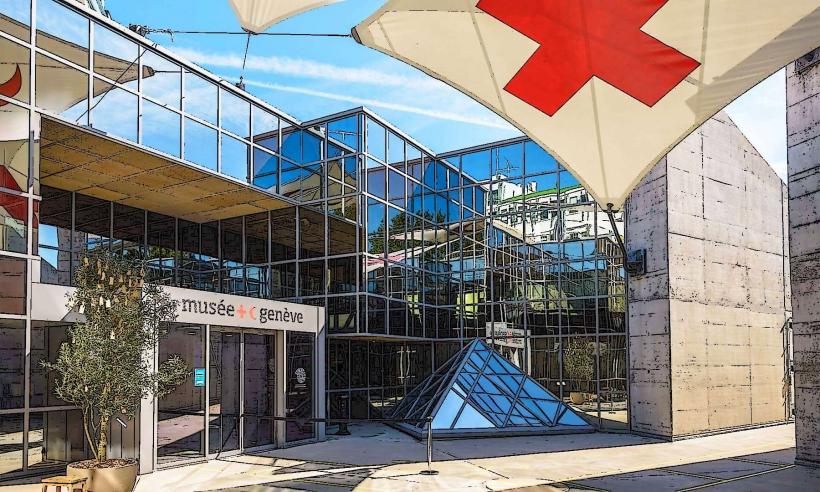Information
Landmark: Jet d'EauCity: Geneva
Country: Switzerland
Continent: Europe
The Jet d'Eau is one of the most iconic landmarks in Geneva, Switzerland, and one of the largest fountains in the world. Located on the Lake Geneva (Lac Léman) waterfront, the Jet d'Eau is famous for its impressive water display and has become a symbol of the city.
1. Overview
- Location: Situated on the Lake Geneva, near the English Garden (Jardin Anglais), the Jet d'Eau can be seen from various parts of the city, particularly along the lakeside promenade.
- Type: The Jet d'Eau is a fountain, which shoots water into the air in a powerful stream.
- Height: The fountain propels water up to 140 meters (459 feet) into the air, making it one of the tallest fountains in the world.
2. History and Origins
- Origin: The Jet d'Eau’s origins date back to 1886, when it was originally built as a water pressure relief valve for the city’s water supply system. It was initially located at the Eaux-Vives district and was only intended as a functional feature.
- Transformation into a Landmark: Due to its popularity and the unique spectacle it created, the fountain was moved to its current location on Lake Geneva in 1891. Over time, it evolved into one of Geneva’s most famous landmarks.
- Initial Water Pressure: When the Jet d'Eau was first built, the fountain was powered by the water pressure of the city’s hydraulic network, and it was only a small-scale version. Eventually, it was adapted with a powerful pump system to allow for the much higher and dramatic water jet we see today.
3. Operation and Mechanics
- Water Flow: The Jet d'Eau shoots water at a speed of about 200 kilometers per hour (124 miles per hour). The water is drawn from the lake and then pumped through large pipes to the nozzle, where it is propelled into the air.
- Water Pumping System: Today, the fountain uses a motorized pump system, powered by electricity. The water stream can be visible from various points around the city, and it is often illuminated at night.
- Environmental Impact: Despite being a significant water feature, the Jet d'Eau’s design is energy-efficient, as it only requires a relatively small amount of electricity to keep the water flowing.
4. Cultural Significance
- Symbol of Geneva: The Jet d'Eau is often considered the symbol of the city and is featured in various forms on souvenirs, advertisements, and city branding materials. It represents both Geneva’s commitment to innovation (as it was originally a technical feature) and the city's connection to nature and the waterfront.
- Visible from Landmarks: The fountain is visible from several important spots in the city, including the Parc des Bastions, Lake Geneva Promenade, and the Mont Blanc Bridge, making it a central visual feature in the landscape of Geneva.
- Tourism and Popularity: It attracts millions of visitors annually who come to see the powerful jet of water. Many people also take boat tours or walk along the lake promenade to enjoy views of the fountain up close.
5. Technical Facts
- Water Volume: The Jet d'Eau pumps about 500 liters (132 gallons) of water per second.
- Powerful Jet: The water travels at speeds up to 200 km/h (124 mph), creating an impressive display visible from various parts of Geneva, especially on clear days.
- Visibility: The water jet is visible for many kilometers, and it can be seen from nearly all parts of the city, including areas across the lake in neighboring towns like Nyon and Versoix.
6. Accessibility
- Viewing Areas: The best views of the Jet d'Eau can be enjoyed from the English Garden (Jardin Anglais) along the lakeshore or from the Mont Blanc Bridge. On warmer days, visitors can get closer to the fountain by walking along the lakeside or even by taking boat tours on the lake itself.
- Nighttime Illumination: The Jet d'Eau is also illuminated at night, adding a dramatic effect to the display, and enhancing its visual appeal in the evening skyline of Geneva.
7. Public Perception
- Popular for Photos: The Jet d'Eau is a popular subject for photography, both by tourists and locals. It offers stunning views, particularly at sunrise or sunset, when the light creates a dramatic backdrop for the fountain.
- Symbol of Unity: Beyond its aesthetic appeal, the Jet d'Eau has come to represent the unity of nature, technology, and culture within Geneva. It is a point of pride for residents and a symbol of the city’s ability to harmonize modern development with its natural environment.
8. Environmental and Cultural Impact
- Environmental Efforts: As a major water feature, the Jet d'Eau raises awareness of water resources and the environmental challenges surrounding water usage. While it’s primarily an ornamental fountain, it underscores the significance of water in the life of the city and its people.
- Cultural Events: Occasionally, the Jet d'Eau is used in connection with special events or celebrations. For instance, during Geneva’s annual Fête de l'Escalade or national holidays, the fountain may be lit up with colors representing the event.
9. Conclusion
The Jet d'Eau is much more than just a fountain—it’s a quintessential part of Geneva’s identity and a symbol of its connection to water and innovation. Its powerful display and stunning visual appeal make it one of the most recognizable landmarks in Switzerland, attracting thousands of visitors and locals alike. Whether seen during the day or at night, the Jet d'Eau continues to captivate audiences with its beauty and strength, proudly standing as a beacon of the city.

